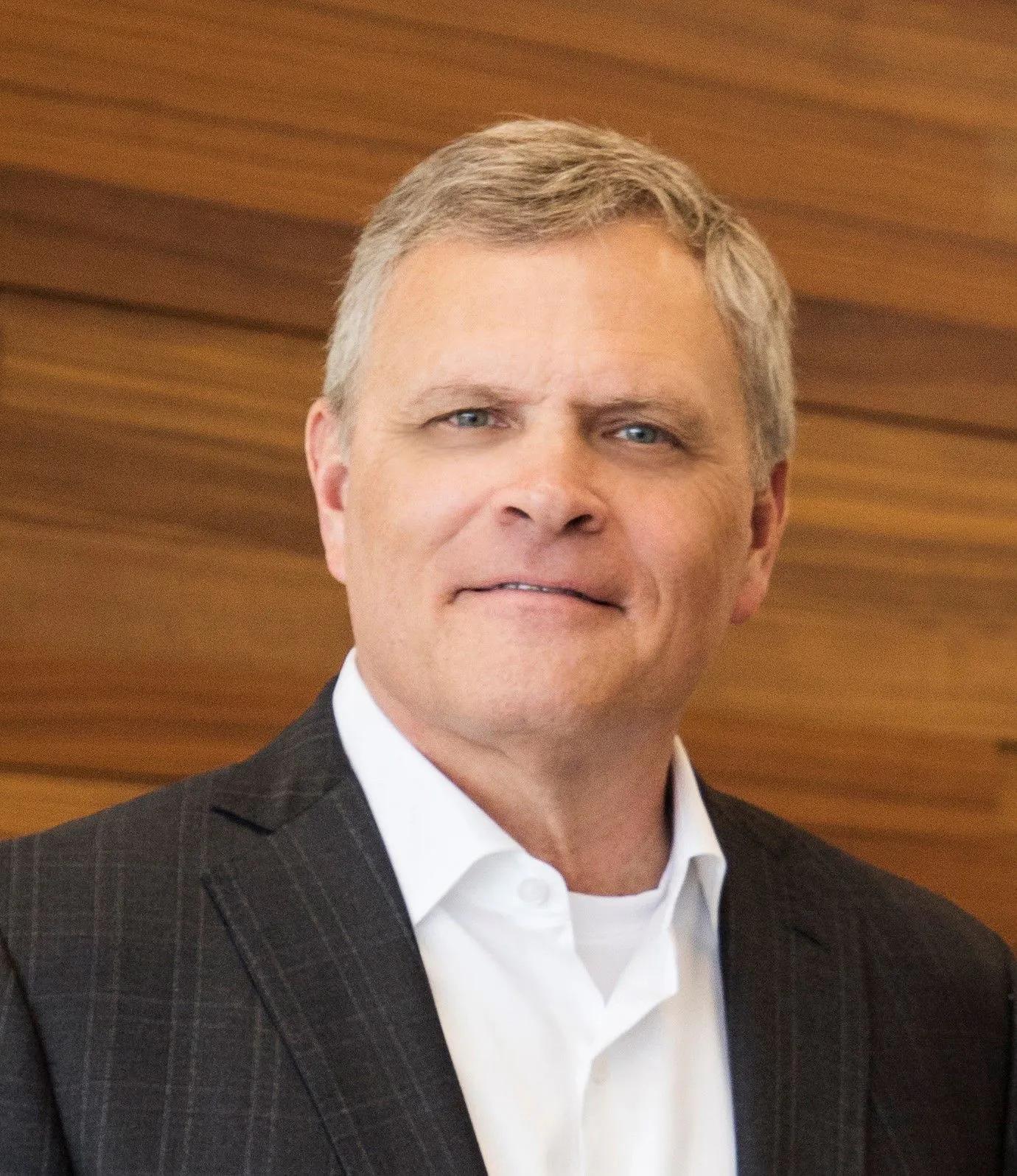Article
Don’t let recession talk hinder your growth plans
Author(s):
Why it’s time to play the long game.

Many use the old rule of thumb that two successive quarters of negative GDP growth means a recession. This already occurred in the first two quarters of 2022, so we must be in a recession, right? Not so fast. Ever heard of the National Bureau of Economic Research (NBER)? They are the official arbiters who determine when we are in a recession or not and they have yet to make the call for 2022. Other national economic experts also disagree on what the future might hold.
Regardless of the argument as to if we are in an “official” recession or not, individuals and companies are feeling the effects of our current economic conditions. For the health care industry specifically, it’s important to avoid letting the pressures of this temporary situation take your focus off the long game. Health care demand will stay strong well into the future, so continuing to move full steam with growth and development is a smart strategic move.
The current economic environment: a quick snapshot
So, why are many health care operators cautious? For the short term, the reality is Inflation is high, energy costs are up, and economic growth has slowed. The Federal Reserve has aggressively raised rates to combat inflation, and the housing markets and stock markets don’t like rising rate environments. When housing and stocks falter, companies get nervous and leery. The Fed is projecting additional rate hikes between 1.15-1.4% by year end, bringing short-term interest rate to 4.5% and 4.75%. Most experts project the Fed will continue to raise rates into 2023, with rates not falling again until 2024. The significant and swift jumps in rates thus far this year, coupled with the prospect of future rate hikes, is creating an uncertain future economic environment.
This uncertainty can sometimes lead to overreaction. The natural response in times like these is for businesses to reassess their strategy and curtail spending and growth plans until brighter skies emerge. Before your company has a knee-jerk recessionary response, consider the data and prepare for the long term.
Health care is perfectly positioned for growth now and the foreseeable future
For the health care industry, there is good news. There are roughly 70 million baby boomers in the US, comprised of people between the ages of 58 and 76. This is the second largest generation in the country, just barely edged out by millennials. Forty percent of boomers have retired, with another 10,000 entering retirement daily. By 2030, all boomers will be age 65 or older. This silver tsunami will result in an insatiable appetite for health care services. We are also living longer, a trend that is expected to continue. This trend will further exacerbate the situation and add to the increasing demand for health care services. According to the US Census Bureau, projected life expectancy is estimated to increase from 79.7 in 2017 to 85.6 in 2060.
Couple that demand with the fact baby boomer wealth is considerably higher than millennials. Boomers are discerning and will demand high quality, convenient care. This factor aligns well with the decades long industry shift from inpatient to outpatient care. Outpatient facilities tend to be newer, higher end, and conveniently located within communities where the patient base resides. This is exactly what the boomers want and will demand.
Why build now?
Hypothetically, let’s talk about worst case scenarios. What if the NBER declares a recession in the next few months? That same organization tracks a number of data points, including the average length of a recession. As it turns out, the average recession length, according to their data, is 17 months. Large, new outpatient facilities can take anywhere from 14-20 months to develop from concept to turnover of the keys. This means that by the time you conceptualize, design and build a project, this period of economic downturn or an official recession easily could be over.
So, why take the risk? The beauty of how development partnerships work is the health care organization does not take on the upfront risk. When partnering with an outside developer, providers face minimal risk in the short term, as the developer takes on both the development risk as well as the financial outlay to develop the facility. This means health care providers don’t have any capital requirements during development until the facility is completed and rent payments commence. Moving forward with a development project now will put organizations in the catbird seat right when our country moves into a new era of economic growth.
Data shows demand for expanded health care services, specifically in outpatient settings, will be strong well into the future.As health care providers race to meet the growing demands of their communities, this is not the time to slow down. Instead, it’s the time to make growth and development decisions that will secure your long-term success against the competition, who are likely to retrench during a recession and will miss opportunities when we emerge into a growth economy.
Sam Sarbacker is Vice President of Development for Oman-Gibson Associates (OGA), a full-service health care real estate and development firm based in Nashville, offering development, project management, acquisition, site selection and lease consultations services. OGA customers range from physician groups, behavioral health groups and national surgery centers to major hospitals and health systems.





